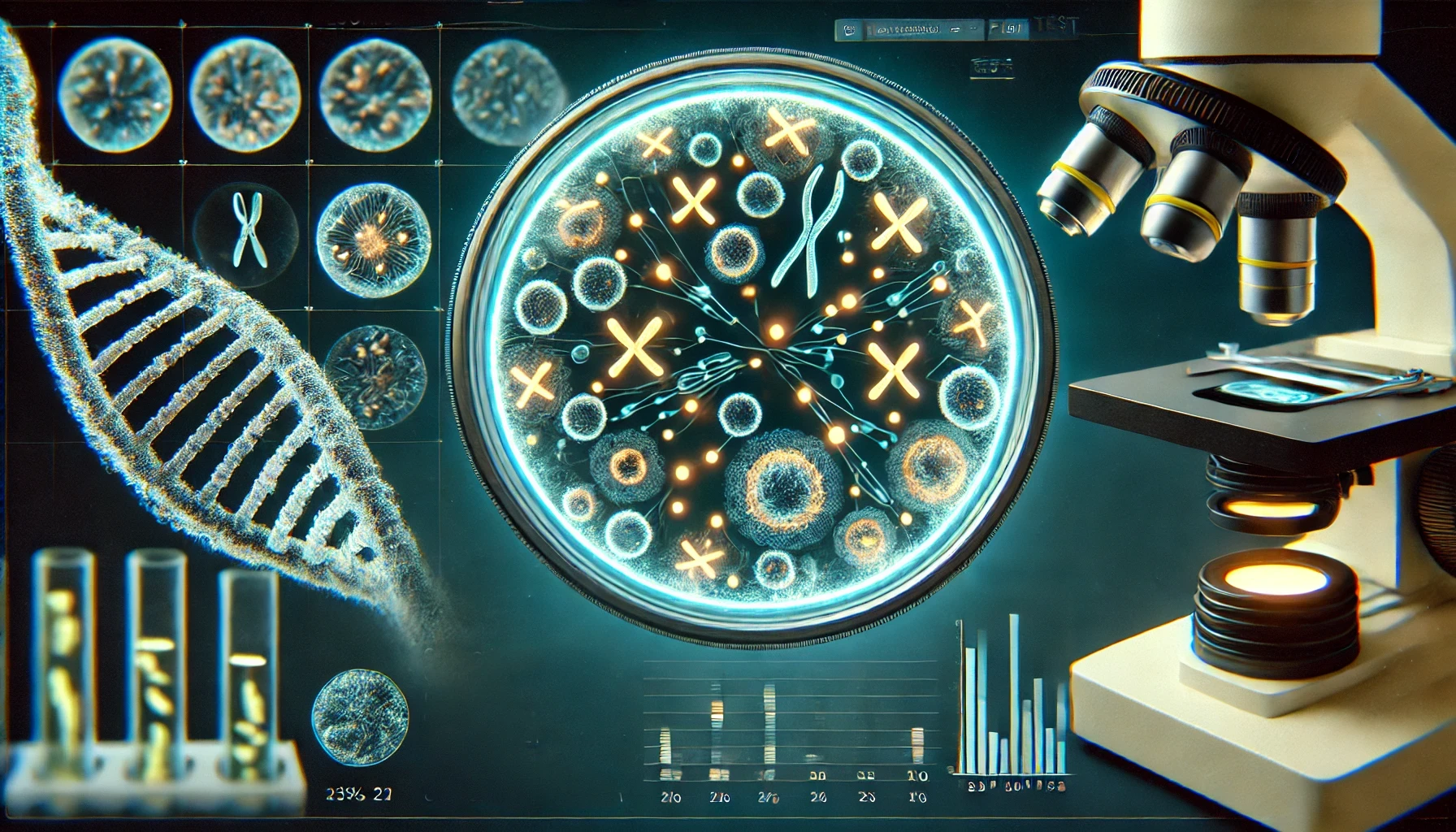
Description
trisomy Screen FISH analysis is a cytogenetic test used to identify aneuplodies involving chromosomes 13.
The trisomy screen can be used as a rapid initial screen for some of the more common aneuploidies. FISH should be used in conjunction with G-banded chromosome analysis.
Test code(s)
BF-124
TAT
3 days
Accepted Sample requirements
Heparin blood

